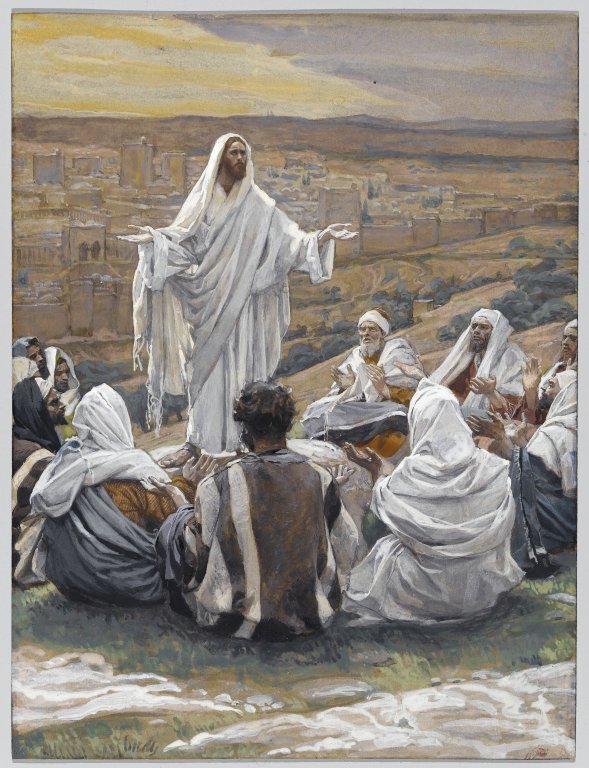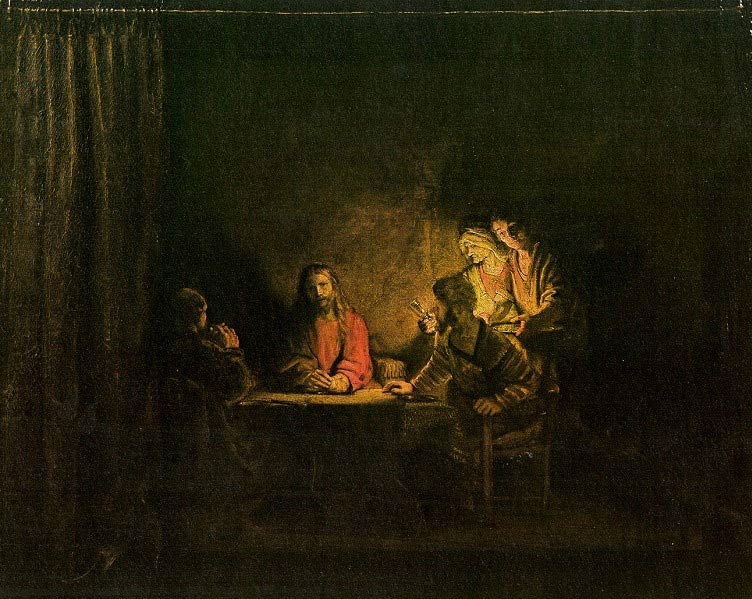The Method:
1. Surrender anew to the loving presence of God here and now.
2. Take a gentle look with God at each part of your past day—all your thoughts, feelings and actions.
• Where did you move toward God or respond to God with a “Yes”?
• Where did you move away from God or respond to God with a “No”?
3. Ask God, with gratitude, to bless you with more opportunities to receive Him and His gifts and to move toward Him tomorrow.
Ask God to forgive you for moving away from Him and to help you respond to Him with renewed love and faithfulness tomorrow.
4. Yield yourself again to the loving, ongoing, transforming presence of God in your life.
———————————————————————————————————
Examining Examen More Closely
1. Intent:
The prayer of examen allows us to become more aware of God’s presence and action in us and in the world around us.
God is always present and active in us as believers by the indwelling Holy Spirit. And God is always active in the world—in love, pursuing and inviting the world to be reconciled to Himself through Jesus Christ. Practiced over weeks to months, the prayer of examen allows us to see more clearly God’s presence and action and to participate with God more fully and freely.
Our part in any prayer practice is to provide a structure and place in our hearts, minds, wills, spirits and bodies for God to be and to act. God alone transforms. Prayer is our cooperation with the amazing, powerful work of God in the world.
2. Explanation:
What does it mean to “move toward God” or “say ‘Yes’ to God”? God is the source of all life; all love (as described in 1 Cor 13:4-8 and Rom 12:9-21); all truth; all gifts of the Spirit (as listed in 1 Cor 12:8-10 and Rom 12:6-8) and all the fruit of the Spirit (as listed in Gal 5:22-23). Where did you cooperate with God to express or increase what He gave you (life, love, truth, gifts or fruit of the Spirit)? Be grateful for what God has done through you and in you.
What does it mean to “move away from God” or “say ‘No’ to God”? We all sin daily, whether by refusing, disobeying, or ignoring God in what we do or do not do. Examining our motives and attitudes, not just our actions, is important here. The goal is not condemnation but a gentle return to God to accept His forgiveness through Christ and to cooperate anew with God’s transforming touch. Be grateful for God’s forgiveness and your own spiritual growth, no matter how stuttering and seemingly slow.
3. Mechanics:
Examen is generally practiced twice daily for about 20 minutes at noon and bedtime. However, just a 5-10 minute prayer of examen every evening can result in increased awareness of God in everyday life.
As with physical exercise, new spiritual practices are best begun in small but consistent ways. We do not start by running marathons every week but by walking around the block every night. 
Determine a specified length of time to pray the examen. If you want to develop a habit of examen, practice this prayer for at least 10 weeks. Just to start seeing God somewhat more clearly in daily life, try 4 weeks. The longer you practice examen, the more clearly you will see your own patterns of response or refusal to God and the trends of God’s actions in the world.
For some, journaling or recording a few words during the prayer of examen may be helpful for focus and recall. Setting your Bible or journal in a prominent place each morning may help you remember to practice examen that evening.
4. Failure:
You will fail. Accept it. You are a human, and God knows that. In fact, God made you human—imperfect, not a god. And Scripture tells us (Jn 3:16) God loves us as we are—imperfect humans. You will not practice the prayer of examen perfectly, even after a lifetime of doing it.
When you fail at examen, just start again. God delights every time we turn and return to him. The Bible records God’s mercy triumphing over God’s judgment. Remember the Prodigal Son (Luke 15:11-32). Remember God’s curses extending to 3-4 generations and his blessings to 1000 generations (Deut 5:9-10). Remember the free gift of salvation and new life through Jesus Christ (Eph 2:8-9). Mercy triumphs over judgment.
The two most unfortunate approaches to examen are 1) not to start at all out of fear of failure; or 2) to practice the examen with perfect form but without an open, surrendered heart towards God.
5. Families
This prayer form is easily adaptable to use with children and in families. Every evening at supper, go around the table and hear from each person the answer to one of the following questions:
- “For what were you most grateful today?”

- “Where did you see the most beauty [joy, love, hope, faith, truth, or compassion] today?”
- “Where did you feel most connected to God today?”
- “Where did you feel most loved or loving today?”Next, consider hearing from each person around the table the answer to one of the following questions:
- “For what were you least grateful today?”
- “Where did you see the least beauty [joy, love, hope, faith, truth, or compassion]today?”
- “Where did you feel least connected to God today?”
- “Where did you feel the least loved or loving today?”
6. Final words:
This prayer form may not be for you—now or ever. If it is, start today…and start again tomorrow…and the next day. If it is not, pray in another way today…and tomorrow…and the next day. If you are not sure if examen is for you, either pray about it or experiment with it. Either way, you are interacting with God. And you will always be transformed by interacting with the living God!











 Breathe in the abundant Life of God. Remember Jesus breathing the Holy Spirit into his disciples (Jn 20:22). Receive the full and generous gift of God’s Spirit. While praying and exhaling, deliberately surrender your breath of life and your will to God.
Breathe in the abundant Life of God. Remember Jesus breathing the Holy Spirit into his disciples (Jn 20:22). Receive the full and generous gift of God’s Spirit. While praying and exhaling, deliberately surrender your breath of life and your will to God. 






 Unity does not mean uniformity, which is illustrated by the metaphor of the Church as the Body of Christ, with many different parts but only one Head, with “varieties of gifts but the same Spirit, varieties of service but the same Lord” (1 Cor 12:4-5). We each have a part to play as we join God in loving the world, but the masterpiece God is creating with us is greater than the sum of its parts. By keeping our eyes focused on God, our ears trained on God, and our hearts turned toward God we stay in harmony with Him and each other, and our lives serve God’s purpose for His Creation.
Unity does not mean uniformity, which is illustrated by the metaphor of the Church as the Body of Christ, with many different parts but only one Head, with “varieties of gifts but the same Spirit, varieties of service but the same Lord” (1 Cor 12:4-5). We each have a part to play as we join God in loving the world, but the masterpiece God is creating with us is greater than the sum of its parts. By keeping our eyes focused on God, our ears trained on God, and our hearts turned toward God we stay in harmony with Him and each other, and our lives serve God’s purpose for His Creation.



